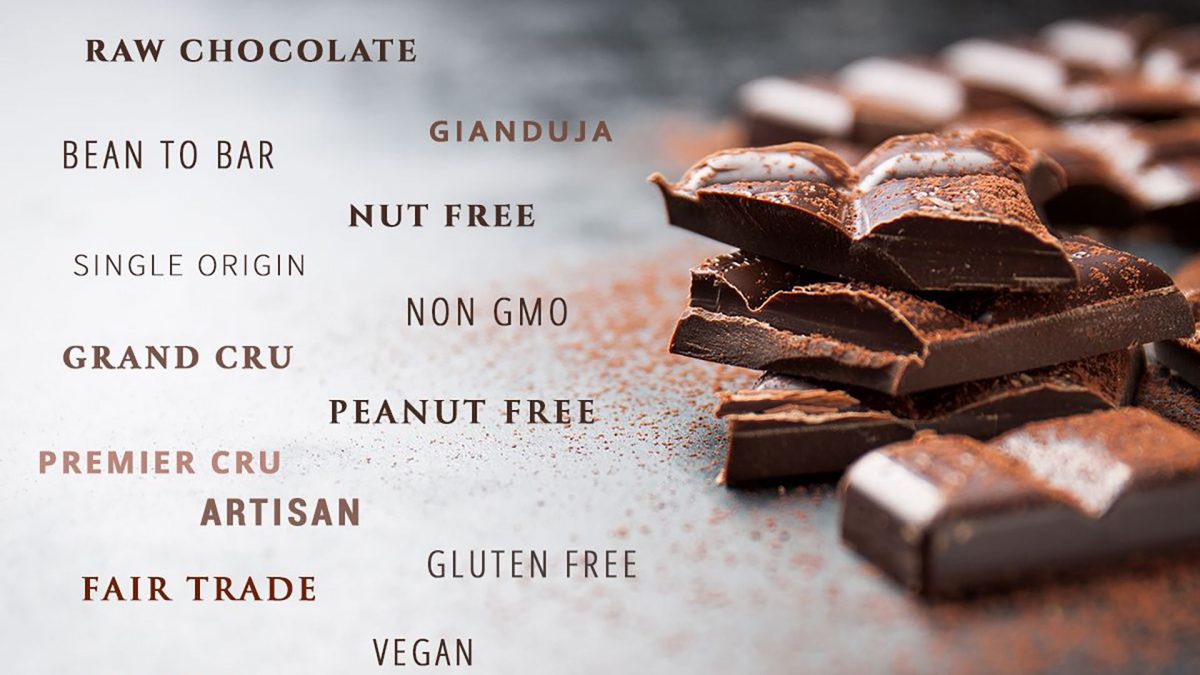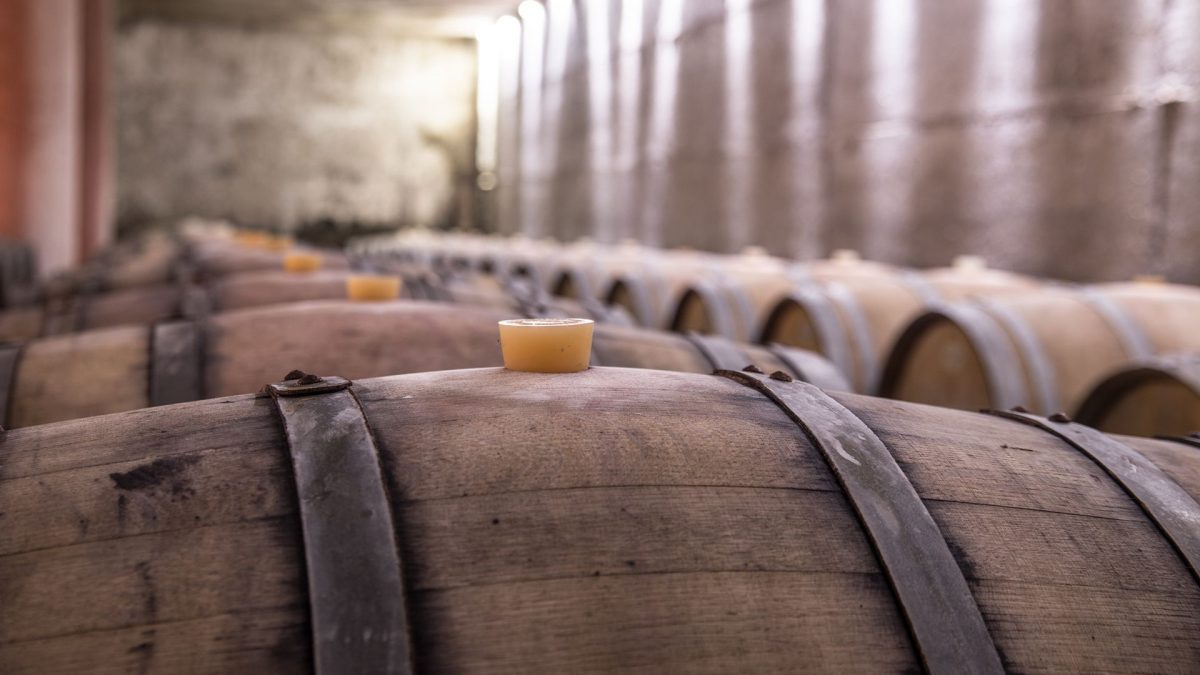Crna Tamjanika is an autochthonous muscat grape variety from the Negotin region. The tradition of the Vingoradar Negotin region dates back to Roman times. Mentioning wine production in Negotin was written in documents from 1530. The flourishing of Negotin winemaking was in the second part of the 20th century. During that period, precisely around 1870, phylloxera destroyed French and many European vineyards. Unlike the rest of Europe, the vineyards in the Negotin area remained uninfected. That is why wines from Negotin were exported to France, Austria-Hungary, Germany, Russia.
Through history
The first vineyard cooperative was founded in Negotin in 1890. A year later, a school for viticulture and fruit growing was established on the land leased from the Bukovo Monastery, by decree of King Alexander I Obrenovic. However, this was not the first school of its kind in Negotin. Before it, in 1887, the Bukovo Monastery was created by the Bukovo Monastery on its property. The largest areas under vines in Serbia at the end of the most significant century were in the Negotin region. Therefore, it is not surprising that two schools were established in this area in a relatively short period.
Monastery Bukovo’s centuries-old tradition motivated Bishop Justin to restore and continue viticulture and winemaking within the monastery. So far, Crna Tamjanika has been raised, keeping this ancient variety from being forgotten. Today, black incense wines can be found in small cellars in the Negotin region and the famous Pajamas of Rajac and Rogalj.
Crna Tamjanika trivia
Origin: Autochthonous but not endemic.
Other countries: It can be found in the region, in Dalmatia, Istria, under the name Muscat Rose, southern Tyrol, in northern Italy as Moscato Rosa.
Characteristics: Wines of this grape variety are made semi-dry or dry. They are produced as red or pink. They taste sweet, savory, with an acid that blends well with the residual sugar in the wine. The wine is very soft, structural, and fruity with a long aftertaste.
Wine color: Pink.
Alcohol: 12.5% vol.
Flavors: Spicy and fruity, basil, raspberry, red currant, strawberry to rose.
Food Composition: Soft cheeses, fish, and nut desserts. It goes perfectly with chocolate desserts.
Aguara chocolate dedicated to Black Incense wine
From the beginning, this chocolate has been out as your most common choice for both gifts and enjoyment. The process of creating the recipe for it started with three black incense that beautified the creation process. These are Crna Tamjanika from the Matalj winery, Filigran of the Bukovo monastery, and Crna Tamjanika from the Raj winery. Since Crna Tamjanika is a muscat wine, the challenge was to find milk chocolate that will not overpower the aromas of the wine with its sweetness. With the addition of raspberries, cherries, and dried rose petals, we made precisely “something” that makes this pair of wine and chocolate different from other combinations.







